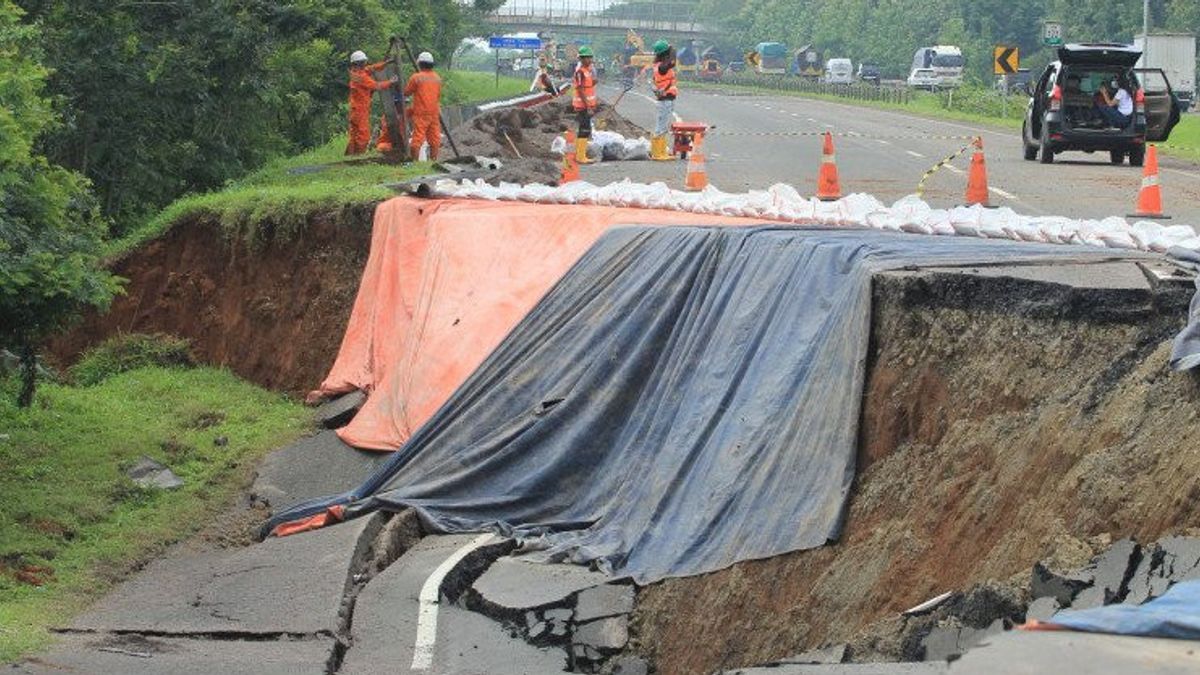JAKARTA - Based on data from the Meteorology, Climatology and Geophysics Agency (BMKG), the peak of the rainy season occurs in the January-February 2021 period. Therefore, the Directorate General of Land Transportation (Ditjen Hubdat) has asked the public, operators, to be aware of potential disasters that disrupt the transportation system. .
The Directorate General of Hubdat noted that there were several disruptions to the transportation system due to natural disasters caused by high rainfall. Considering that during the January-February 2021 period, there were several disasters that occurred, ranging from floods in South Kalimantan to the collapse of the Cipali toll road.
"Currently 95 percent of Indonesia's territory is entering the rainy season while 5 percent of the region is still experiencing the dry season. Therefore, the Directorate General of Land Transportation has asked the public, operators and field officers to be aware of potential disasters," said the Director General of Land Transportation. Budi Setiyadi in his statement, Thursday, February 19.
Director General Budi explained that infrastructure improvements have begun. Even so, he asked each party to participate in coordinating the transfer of traffic flow functionally.
According to him, there have been several impacts that have occurred due to high rainfall in recent times. However, the damage to roads and bridges that occurs can cause long queues for the distribution of goods trucks.
"There are several impacts caused by natural disasters caused by high rainfall, namely disruption of the national logistics system, safety and mobilization of road users will be disrupted, and infrastructure damage due to road damage due to landslides and floods," said Director General Budi.
Meanwhile, the BMKG explained that in impact-based weather forecasting, it is estimated that the provinces affected by the floods in alert status are Jambi, West Java, Central Java, DI Yogyakarta and East Java. The southern region of Indonesia has the potential to have low air pressure so that it can become the seeds of tropical storms and strong winds.
"With the forecast of high rainfall for the next few weeks and the potential impact of floods or landslides in several areas, it is hoped that all parties will coordinate to anticipate all risks from potential disasters," he explained.
So far, several simulations for handling traffic flow arrangements in the event of floods and landslides on roads have been prepared, namely:
1. Contra flow by engineering counter-current traffic supported by safety signs;
2. Open and close system that will be carried out through engineering and then ink to open and close the road in the event of a disaster;
3. Diversion of traffic flows to alternative routes;
4. Carry out security and traffic control by officers.
The English, Chinese, Japanese, Arabic, and French versions are automatically generated by the AI. So there may still be inaccuracies in translating, please always see Indonesian as our main language. (system supported by DigitalSiber.id)








